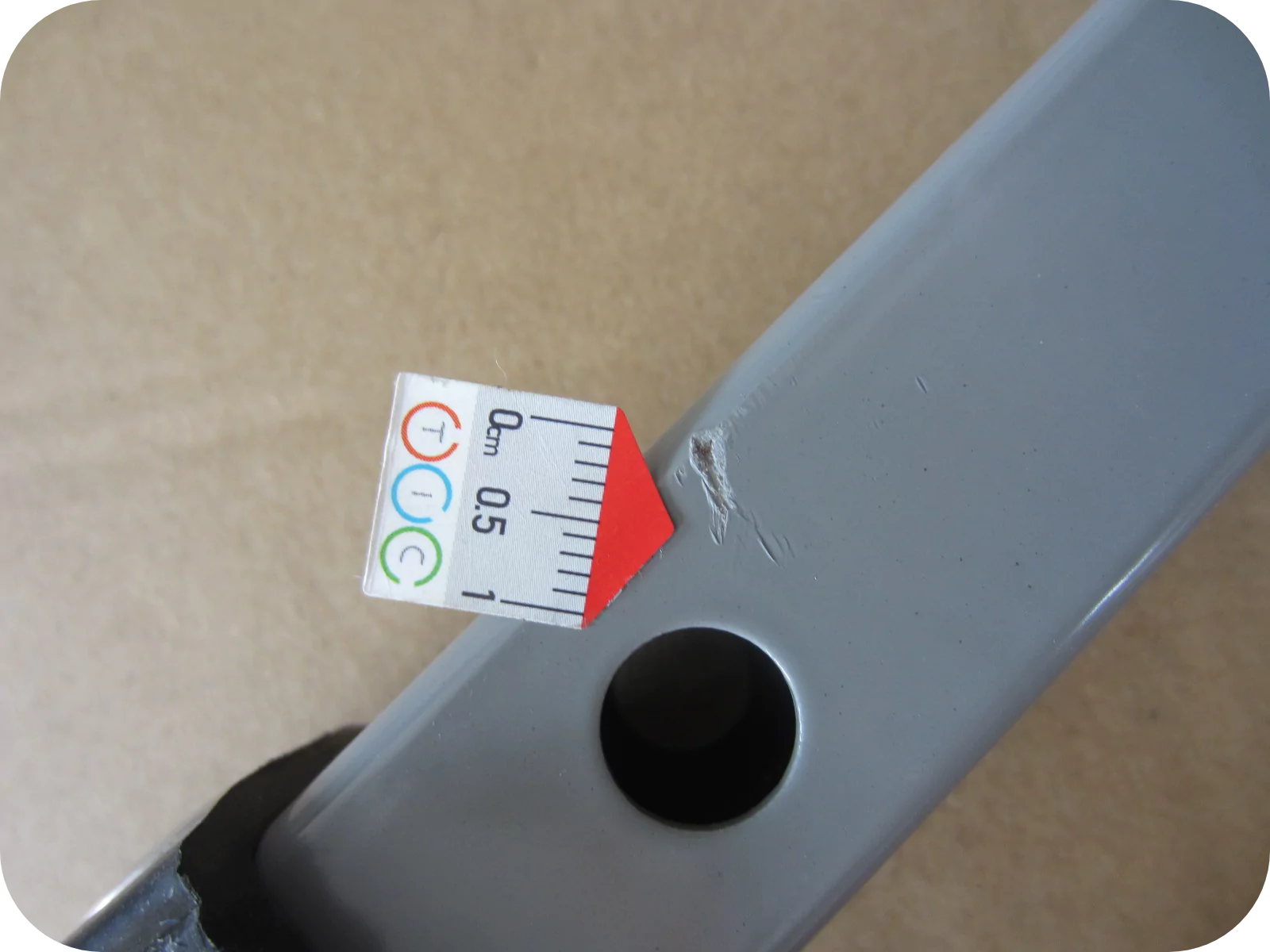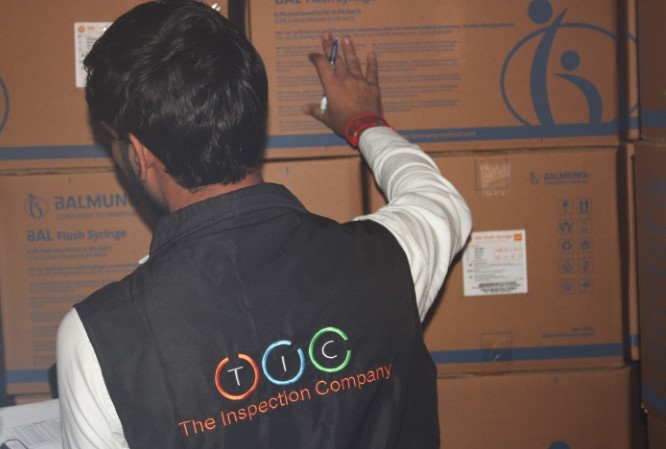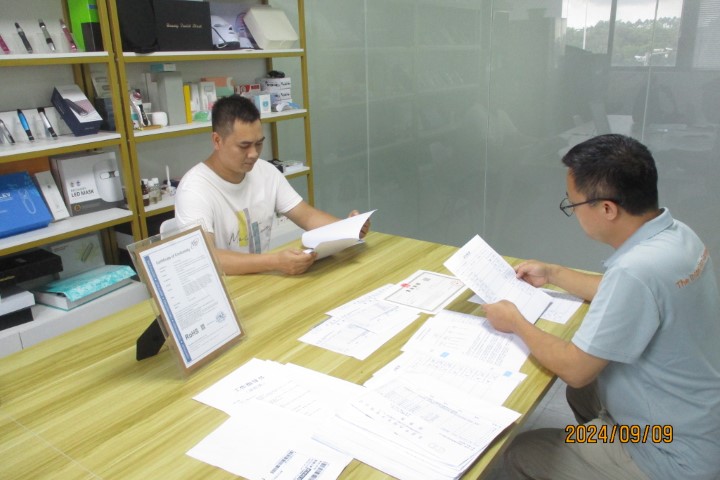Why is Post-Shipment Damage Inspection Important?
A PSDI is essential for businesses that value transparency, accountability, and quality control in their supply chain. Here’s why:
- ✅ Damage Documentation: Provides evidence of damage for warranty or insurance claims.
- ✅ Root Cause Analysis: Helps identify whether damage occurred during shipping, unloading, or handling.
- ✅ Prevents Recurrence: Offers practical recommendations to improve packaging and shipping procedures.
- ✅ Builds Trust: Ensures all parties involved—manufacturers, logistics providers, and clients—are held accountable.
- ✅ Protects Your Investment: Verifies the condition of goods on arrival, preventing disputes or unexpected losses.
Without a PSDI, you risk overlooking critical damage that could affect your product’s usability, value, or compliance with customer expectations.
How Does TIC Perform the Post-Shipment Damage Inspection?
At TIC, we follow a systematic and thorough approach to ensure the highest level of accuracy in identifying the cause of post-shipment damage.
Here’s a step-by-step breakdown of our process:
Review of Shipping Documents
We begin by reviewing all relevant shipping documentation, including the Bill of Lading, packing lists, and any available handling records. This helps us understand the transit path, the handling procedures during loading, and the initial condition of the goods.
Visual Inspection of Packaging
Our inspectors perform a detailed visual inspection of the external packaging, such as containers, boxes, and pallets. We check for signs of damage, including tears, dents, moisture exposure, or any evidence of mishandling that may have occurred during transit.
Inspection of the Goods
We then carefully unbox and examine the goods inside. This involves assessing for physical damage, checking whether the goods were securely packed, and determining if any internal packaging materials failed to protect the items during shipping.
Identification of Damage Cause
Our team analyzes potential causes of the damage. This may involve reviewing environmental factors during transit, such as vibrations, temperature, humidity, or inadequate security of goods. We also assess whether mishandling during loading or unloading could have contributed to the damage.
Comparison with Loading Conditions
We compare the current condition of the goods with the loading condition report, if available. This helps us determine if the damage occurred during transport or if it was pre-existing at the time of loading.
Reporting and Documentation
We compile a comprehensive report detailing the nature and extent of the damage. Our report includes photographic evidence, an analysis of the possible root causes, and recommendations for preventing similar issues in future shipments.
Recommendations for Improvement
Based on our findings, we provide actionable insights for improving packaging, handling, and shipping processes to avoid similar damages in future shipments.
What Happens After a Post-Shipment Damage Inspection?
Once TIC completes the inspection, you’ll receive a thorough report including:
- High-resolution images of the damaged goods and packaging.
- Documentation of shipping and handling issues.
- Analysis of possible causes (e.g., impact, moisture, improper stacking).
- A breakdown of where and how the damage likely occurred.
- Clear recommendations to help you avoid similar issues in the future.
This report not only helps resolve current problems but also improves your supply chain and logistics operations going forward.
Frequently Asked Questions (FAQ)








